Sycamore Tree Care Right and Easy
These trees grow well in moist, well-watered soil in full sun. Pruning is not mandatory but it is good to trim it once in a while to maintain its shape and good health.
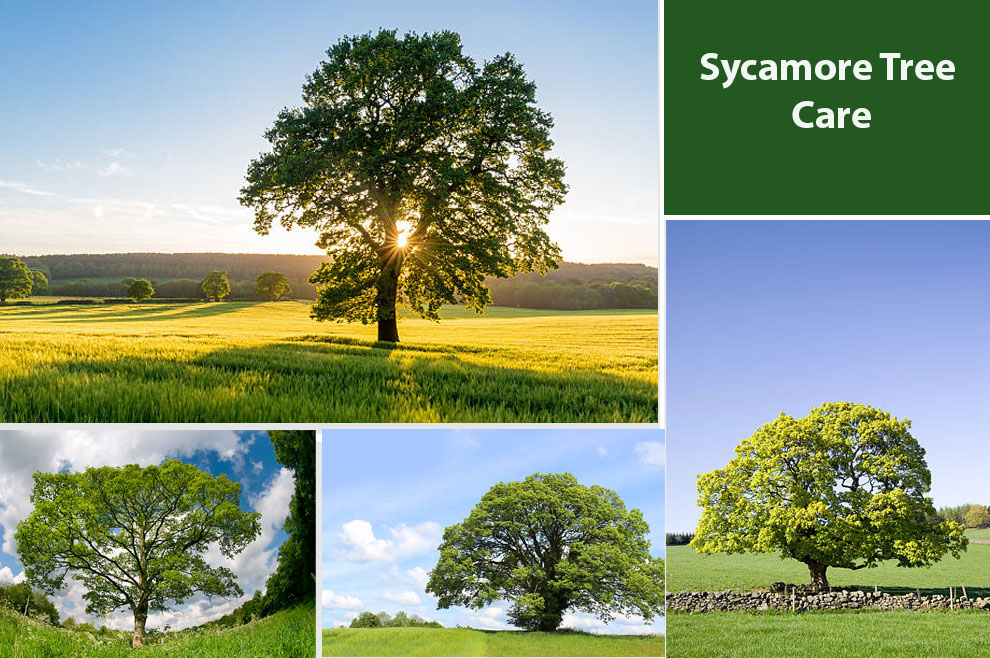
The Sycamore (also known as Platanus occidentalis) is a stunning deciduous tree originally located in North America. In some regions, these wonderful trees are also known by the names “buttonball” or “buttonwood” trees.
You should plant sycamore trees in late winter or early spring. Sycamore trees thrive in fertile soils full of moisture. To maintain the moisture level of the soil, take care about plant’s watering requirements. Also, remember to plant them in a location with full sun. Sometimes they can also tolerate partial shade.
They grow quickly and are resistant to pollution, wind, and also survive certain unfavorable growing conditions such as wet or dry soil. The sycamore tree provides excellent shade. But, their large size, however, can be a problem. Its shallow roots can damage pavement, underground pipes, and other structures.
So, you should know how to care for a sycamore tree to get best results and boost its longevity.
About Sycamore Trees
These handsome trees usually delight people with their handsome grey and brown bark that has a camouflage texture. Its bark often gets peeled away from its trunk to flaunt the white or light gray bark on the inside.
Another unique feature of the sycamore tree is its large and thick green leaves which can spread to a width of about 4”- 10”. Their leaves can be easily identified with their roughly toothed edges and divided into 3 to 5 lobes.
These trees grow best in the end of winter or the beginning of spring. With a quick rate of growth, these trees can survive in wet soil and dry conditions too to an extent when they mature. They have good tolerance towards strong winds and pollution. However, it can grow perfectly healthy in deep moist soil with plenty of nutrients.
With their large size, sycamore trees are known to offer good shade. However, their huge size can become a problem when you plan to grow them in compact spaces. These trees have shallow and widespread root structures which can often damage underground pipes and pavement.
Growing & Caring For Sycamore Trees
In ideal conditions, sycamore tree varieties can grow beautifully and make a perfect shade tree in your garden or lawn. But they also have some downsides so you should follow a proper sycamore tree care routine to promote its healthy growth.
Sycamore trees can easily thrive on a wet and wild surface like a stream. Similarly, if you live in a polluted urban area, you can easily plant a sycamore tree in your yard. Just take care to give it enough space to grow with a seed spacing of a minimum of 20 feet in a row.
Whereas you should sow its seeds 1/8 inch deep in moist and well-drained soil. Also, remember to spread a coating of coarse sand over the surface of the soil. Furthermore, there are some other prominent factors that you shouldn’t neglect when you plant a sycamore tree. Let us look at how to care for a sycamore tree while growing it.
1. Water

You should plan to water your tree at regular intervals to maintain moist soil. Even though a mature sycamore tree can tolerate dry soil, but still don’t forget to water it regularly during prolonged months of drought.
Remember that plants stressed with drought conditions can often get infested with spider mites. Add a layer of mulch whenever needed to retain moisture in the soil.
2. Soil
Sycamores need moist, loamy and well-drained soil to grow healthy. However, it has tolerance to thrive in a variety of soils with different pH levels. Just make sure it has sufficient nutrients so that it doesn’t stunt the growth of trees.
3. Location as per sunlight requirements
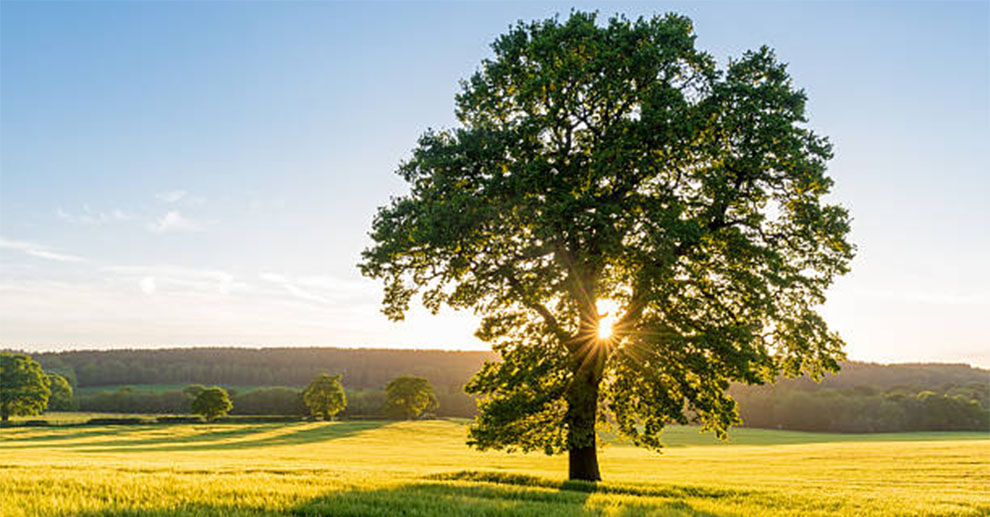
Sycamore trees require full exposure to sunlight for the best growth. However, they can thrive in locations that receive partial shade. It is adaptable to grow in different climate conditions with USDA zones 4 to 9. Whether you live in a warm, humid, or cold region, a sycamore tree can grow trouble-free.
4. Fertilizer
Sycamore trees don’t require heavy quantities of fertilizers. However, you should plan to feed it quality fertilizers in the spring season for fast growth. Make sure to check out the instructions given on the package and follow it to the T.
It will guide you about the right quantity of fertilizer to feed depending on the size of your tree. Otherwise, your tree can get damaged by over-fertilization.
5. Temperature
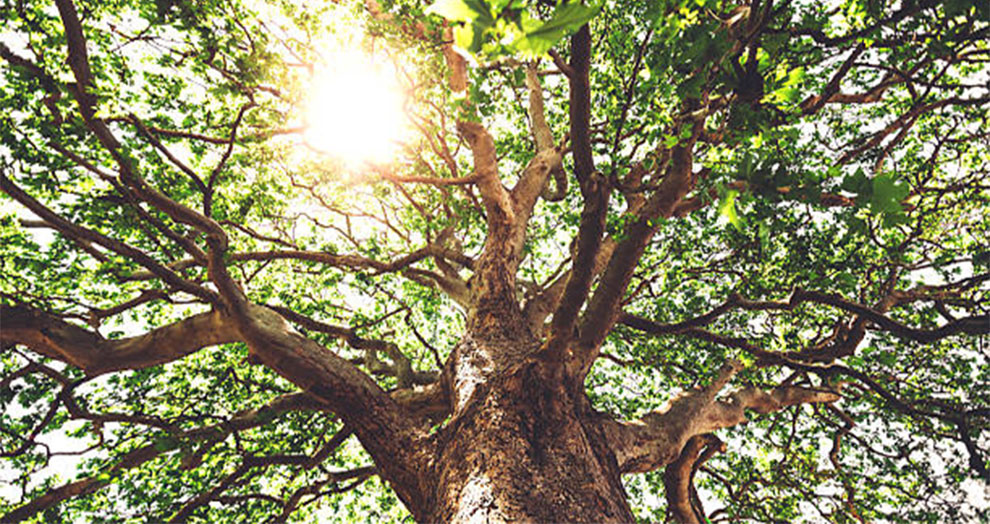
Sycamores can conveniently adapt in areas with temperatures varying between 18°C to 24°C. It shows hardiness in USDA zones 4 to 9. However, you don’t need to worry about growing it in humid, cold, or warm areas because it can adapt well to different kinds of zones.
6. Pruning
Usually, pruning can be an extensive activity, but it is an important part of sycamore tree care. If you prune your trees at proper intervals, you can prevent them from getting damaged by pests and diseases.
You should generally trim sycamore trees when it has damaged limbs or diseased branches. Sometimes your tree branches may grow in a completely upward direction. In this case, pruning your tree can be difficult, so you should seek help from professionals.
Variety Specific Care
Here’s how to take care of some special sycamore varieties.
American Sycamore Care
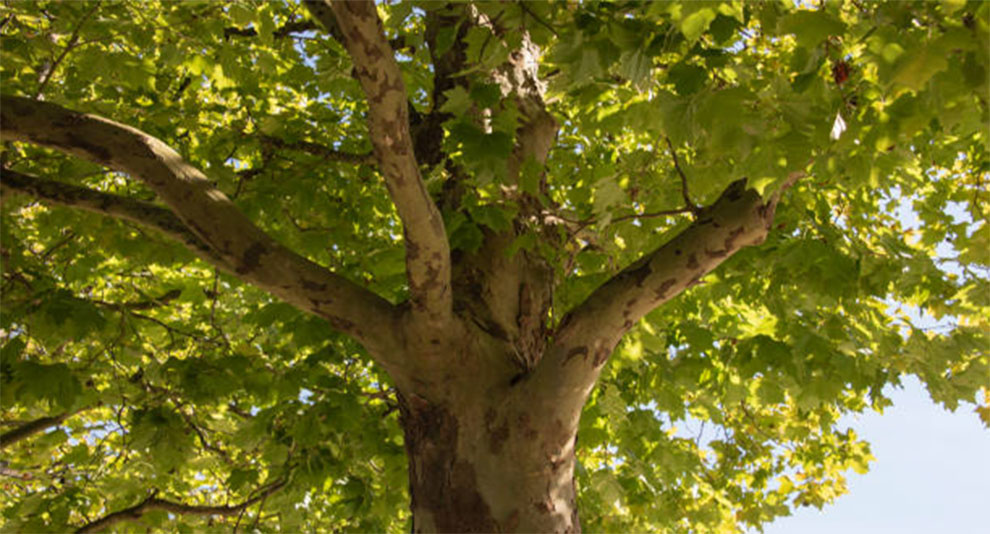
In general, American sycamore trees are perfect for decorating your garden or any other outdoor area. But you need to spare enough time to plant these lovely trees and take proper care of them.
When planting a young sycamore tree, it’s best to buy it with a root ball. You can transplant it once the roots are grown and ready to shoot. The best time to transplant your young plant is at the end of winter or the beginning of spring. Make sure to put it 50-60 cm deep on a site that is facing the sun.
After planting take care to fulfill the basic requirements like watering the soil, adding nitrogen-rich fertilizer and pruning it regularly to maintain a good shape.
Arizona Sycamore Care
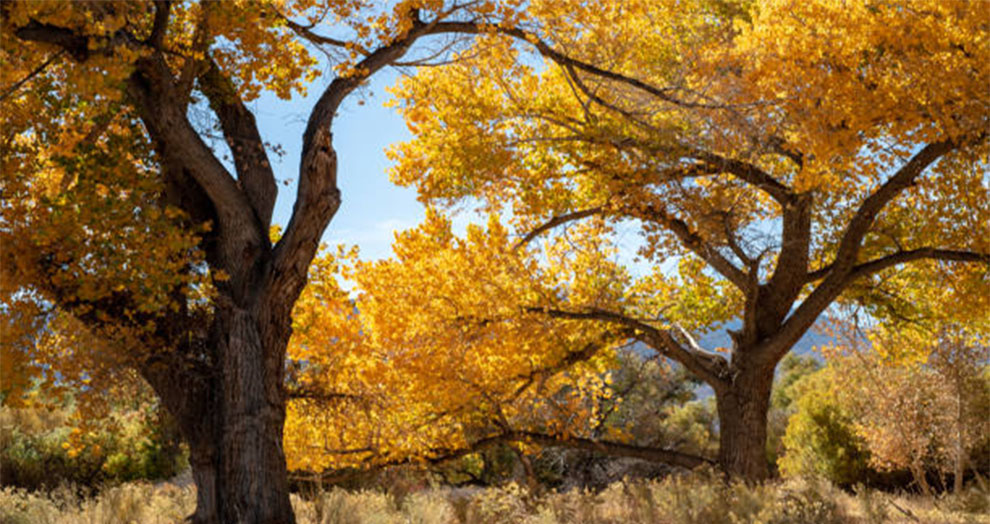
Also known as the Platanus wrightii, this type of sycamore tree is really easy to grow. You can plant them in any kind of soil that is rich in nutrients, well-drained and moist.
When it comes to regular Arizona sycamore tree care, make sure to deep water it to prevent the soil from getting dry. Keep in mind to add a layer of quality fertilizers every single year.
Don’t forget to prune it off, if your tree has overly grown branches, pest infestation or diseases. Trimming will help you in preventing any loss of nutrients and loss of water through evaporation.
Sycamore Tree Problems
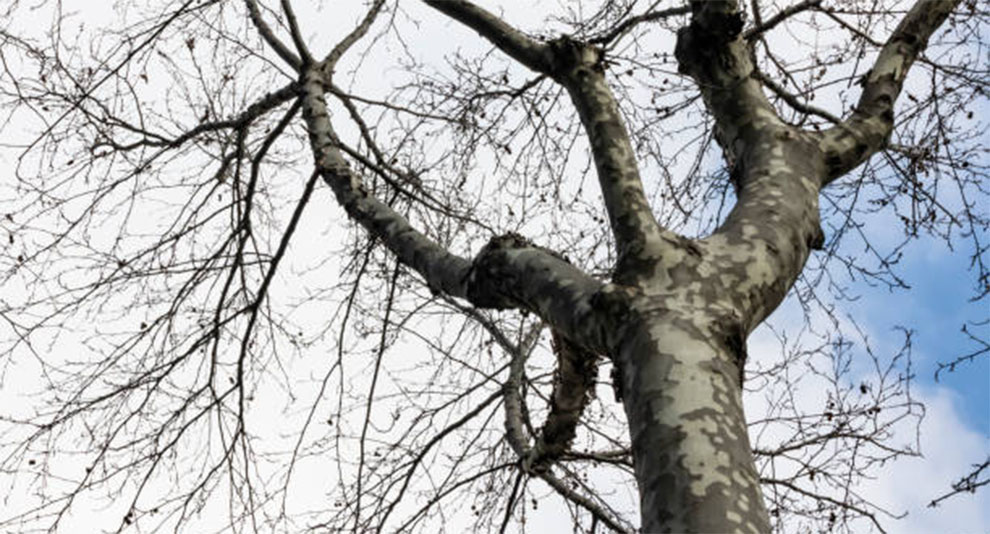
In America, sycamore trees have a remarkable demand in most regions, particularly with ideal growing conditions. However, it can be difficult to grow these trees when you are not able to fulfill their basic needs.
Sometimes there are issues such as pest infestation and fungal diseases which have an adverse effect on plant growth. So, what are common sycamore tree problems?
Pests attack: Sycamore trees are highly susceptible to getting infected by various diseases and pests. For instance, Aphids can commonly attack sycamore trees. The best way to treat an aphid-affected tree is by applying natural insecticides such as neem oil.
Likewise, you should also protect your tree from other toxic invaders such as borers, Japanese beetles and mites. You can simply take a garden hose and wash them off while your trees are still young and short. It is a great way for young sycamore tree care.
However, when it comes to dealing with an infected mature tree, getting help from a professional arborist is the best.
Fungal diseases: Sycamore trees are also frequently affected by fungal diseases like anthracnose. It directly affects the leaf, due to which sycamore trees start shedding leaves very early. The best way to avoid this disease is by pruning your tree and recollecting damaged leaves.
You can also spray a topical fungicide to revive a fungal-infected sycamore tree. Similarly, if you see a build up of powdery mildew on your tree leaves, you can apply fungicides.
FAQs
Q. Do sycamore trees fall easily?
Ans. It is a very common misapprehension that sycamore trees are fragile and fall easily. However, this is not true at all. In fact, these incredible trees can easily withstand heavy winds and strong storms due to their sturdiness.
But there are some factors that can weaken your sycamore tree and make it fall over. If your tree has a shallow root system, it can affect its stability and make them fall over during heavy winds and storms.
Likewise, there are many fungal diseases such as heart rotting, which can damage your tree and make it fall easily. Sometimes the sycamore’s vulnerability to getting infested by termites can also weaken the tree.
Q. How often should a sycamore tree be trimmed?
Ans. It is important to trim your sycamore tree. Giving a good makeover to your wonderful tree won’t do any harm. In fact, it can prove to be a healthy part of your sycamore tree care routine by removing damaged branches and infected growth.
When your tree is in a dormant state, it’s a good time to prune it. It is normally during the late autumn to the winter season. Pruning at this time of year will help you to maintain a thin canopy and promote air circulation through the tree’s branches.
Before you plan to begin trimming your tree, make sure to wait for the dry weather. It’s because sycamore trees are more likely to attract pests in rainy and moist weather.
Q. How Fast Does The Sycamore Shade Tree Grow?
Ans. Sycamore trees are one of the best choices for an ornamental shade tree in most areas of North America. These deciduous trees are really fast-growing, reaching as high as 75 – 100 feet tall and sometimes even more than 150 feet.
Whereas, sycamores can spread to an incredible width of 40 – 70 feet. On average, the majestic sycamore trees can grow 2 feet and above every year.
So, if you want to uplift your garden with spectacular and colorful sycamore leaves, take care to provide it with perfect conditions. Under ideal growing conditions, these trees can climb to a height of 175 feet.
